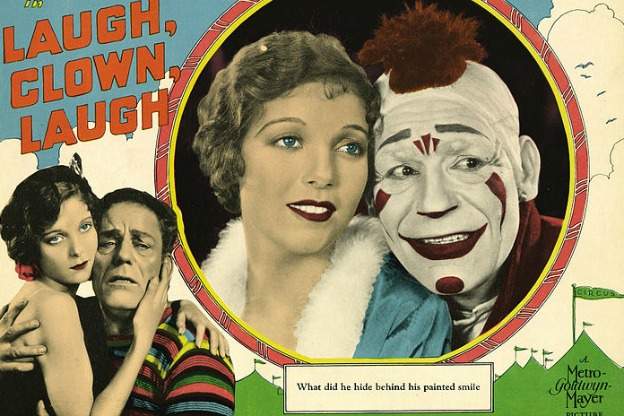
Wednesday, October 5, 2016, I received an email from the corporation that runs the schools my children attend that read as follows:
As you are aware, the safety of our students and staff is a top priority. Yesterday our schools received numerous rumors circulating about clowns being sighted at area secondary schools. As you may or may not be aware, many schools in Ohio and in the Indianapolis area have been dealing with clown threats in their communities. Please know we are aware of the rumors and have not received any confirmation of an actual sighting from school personnel or law enforcement at our schools. If you or your child has any specific information related to this issue, please encourage them to talk to our administrators. In addition, law enforcement has been notified. Thank you for your partnership in ensuring the safety of our students and staff.
Given the seriousness with which the schools, and apparently local law enforcement were taking these rumors, I decided to investigate for myself. I interviewed children and adults at a park in my neighborhood, standing in line for ice cream, and still others touring the Bloomington campus. It seems everyone had heard about the clowns; and there were a few who, although they hadn't exactly seen the clowns themselves, had a classmate, or a cousin, or a Facebook friend, who had.
What is it about these creepy clowns that speaks to the particular kinds of fears or concerns that we have right now? That's kind of the million-dollar question.
Nonetheless, the documented criminal activity of anyone in clown costume simply does not exist. "I have not heard or read of any instances of anybody who is a clown, or a creepy clown," explains folklorist Sarah Gordon, "who has actually committed any act of violence of anything beyond a threat."
Nonetheless, the rumors persist. Indeed, clowns have been sending out mixed signals for hundreds of years. Consider the sinister figures of Grimaldi, Pierrot, and Pagliacci, which became archetypes in the 19th century. But why is this narrative of the evil clown suddenly so compelling again?
"What is it about these creepy clowns that speaks to the particular kinds of fears or concerns that we have right now?" Gordon wonders. "That's kind of the million-dollar question."
We'll propose a few answers. Along with Gordon, we confer with anthropologist Joe Stahlman and professional clown Joe Lee. You can listen to the story above.






